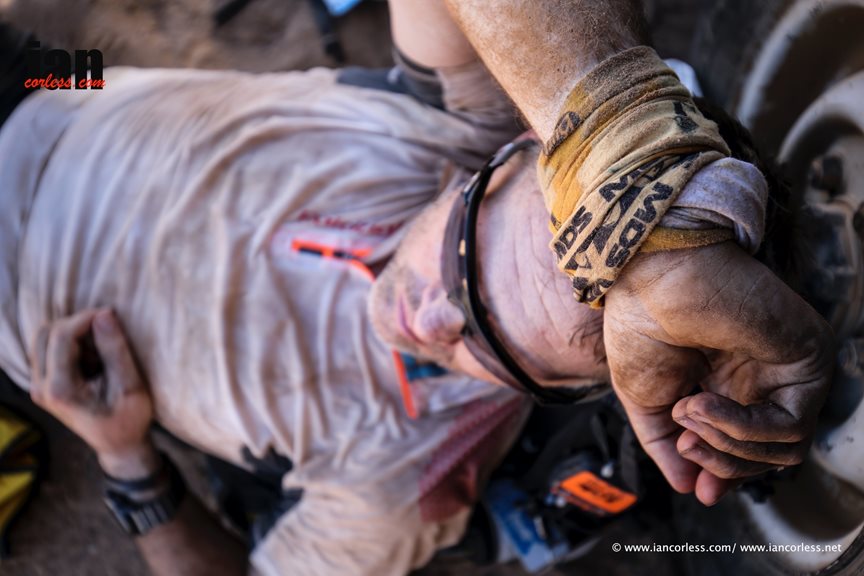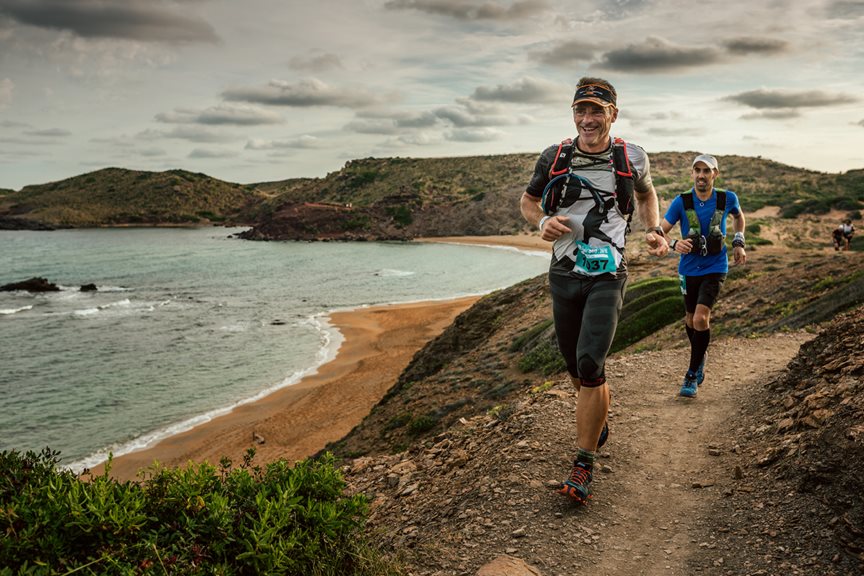Last updated: 15-Nov-18
By Elsa Trujillo
May is a busy running month, with hundreds of races making the most of the temperate weather around the globe before summer and winter descend on the Northern and Southern hemispheres. This week, we bring you articles that concentrate on improving your technique and your training for young and “not so young” alike. We also focus on diet and have a special section for those newbies who are taking their first running steps in the world of ultras.
Do you know what you’re doing wrong?
Jason Koop is an ultra running coach and he reflects on the 4 top mistakes ultra runners make when training for an ultra run. This article is adapted from his latest book and might help you to find out what you might be doing wrong.
The benefits of speeding up recovery in interval workouts
Some coaches are now focusing on the importance of intensity during the recovery period between repetitions. Read about the benefits and the training effects of a workout here.
Are you no longer an ultra running spring chicken?
Running past what is normally considered your “prime” running years? Read the article to find out how making changes to your recovery routine and diet can keep you on track.
Make sure you’re well set for running your first ultra
This week we bring you two articles for ultra beginners. Are you thinking about crossing that line between 42.2 and ultras? Are you already training for your first ultra? Read this article to make sure you have it all covered.
A good running technique, proper training and common sense will get you (ultra) far. Read these training tips to make sure you cross the finish line.
How to plan your trail running season
To plan or not to plan? How many a year? How much time for recovery between races? Top coaches and runners offer advice on how to plan the trail running season. This article is no longer available.
Are you eating properly for your next ultra?
A good diet is essential in all aspects of life but it is the key to success if runners want to maintain a constant and high rate of energy output over a lengthy period of time. Read Diana Green’s proposed strategy for a good diet whilst you train and run long distances.





